As we already mentioned in the previous article “Where are my Mid-tones?“, most raw converters apply some hidden adjustments to a raw shot, often resulting in a bumped mid-tone, clipped highlights, and compressed shadows. This is done to make the shot look good, but can also lead to all sorts of confusion. If you are using or planning to use some raw converter, you may want to know what “beautifiers” it applies, and their price.
The brightening of the mid-tones that is done behind the scenes is one of the most common approaches to add punch to a raw image. It often leaves a false impression of properly exposed raw, as we are so accustomed to mixing up exposure and brightness, judging former by the latter. In fact, the shot may be underexposed, sometimes by more than 1 stop, and the price is more noise, more artifacts, less resolution, and, ultimately, getting a new camera, which doesn’t really solve the problem. Even avid Exposing To The Right (ETTR) practitioners can get into this trap, as they consider a histogram derived from the in-camera beautified conversion to be an indication of exposure. It isn’t.
The goal of this article is to demonstrate how you can find the hidden exposure compensation your converter is applying to your raw files when opening them. We will be dealing in depth with Adobe’s converters, but the same method stands for any other converter.
There are at least two practical reasons to investigate hidden exposure compensation in raw converters. The first one is to improve exposure practice; the second is to determine which highlights can be brought back safely. That hidden exposure compensation is the exact amount you can pull the exposure slider to get the highlights back, before the software resorts to interpolation to guess what was in the blown-out highlights.
In the previous article, we demonstrated how to linearize (to zero out) the default settings in an Adobe raw converter, or in other words, how to override Adobe’s hidden corrections to contrast, brightness, black level, and tone curve (actually, in film terms, all of the above is characteristic curve).
The algorithm was pretty straightforward:
- Open an Adobe raw converter
- Switch to Process Version 2010 (PV2010) and
- Set the curve to linear
- Set the black point, the contrast, and the brightness all to zero
- Switch back to Process Version 2012 (PV2012); now all of the settings are changed automatically and they replicate the “look of brightness” of the image you previously had in PV2010.
We demonstrated in the previous article that the brightness is now in “repro”, linear mode, except for Baseline Exposure. For Adobe raw converters, the zeroed-out PV2012 (without accounting for Baseline Exposure compensation) has the following settings:- Exposure = -1 (yes, minus one stop)
- Contrast = -33
- Black = +25
- Custom Curve (the converter, be it ACR or Lr, will automatically calculate it for you when switching from PV2010 to PV2012)
- Subtract Baseline Exposure compensation (BLE) from Exposure, so that now Exposure = -1-BLE
We didn’t show how to find Baseline Exposure for your camera(s), but for the purposes of the demonstration we used 0.25, since it is Nikon Df’s Baseline Exposure for the ISO we used to make the shots for the experiments - Save the resulting settings and name them (optionally, you can set them as defaults).
Now, we are ready to find out the value of that important ingredient in Adobe’s hidden corrections recipe, the Baseline Exposure.
1) How to Find the Value for Baseline Exposure (BLE)?
Let’s start with the problem Baseline Exposure is trying to address:
Camera models vary in the trade-off they make between highlight headroom and shadow noise. Some leave a significant amount of highlight headroom during a normal exposure. This allows significant negative exposure compensation to be applied during raw conversion, but also means normal exposures will contain more shadow noise. Other models leave less headroom during normal exposures. This allows for less negative exposure compensation, but results in lower shadow noise for normal exposures.
Because of these differences, a raw converter needs to vary the zero point of its exposure compensation control from model to model. BaselineExposure specifies by how much (in EV units) to move the zero point. Positive values result in brighter default results, while negative values result in darker default results.
Adobe DNG Specification p.38, Version 1.4.0.0, June 2012
It is important to note is that Baseline Exposure (BLE) may depend on the ISO setting, not only on the camera make/model. Generally, there are two ways to determine the amount of this silent (hidden) exposure compensation (which is applied when the exposure compensation slider is set to zero): (I) to read the Baseline Exposure value from the DNG EXIF data, or (II) to derive it directly from the raw files. The first method is simpler, but the second is more fun as you will learn some interesting things about your camera while following it.
1.1) Reading Baseline Exposure Value from EXIF Data
Since Baseline Exposure (BLE) data is written in the EXIF metadata, but only for .dng files, to use the first method you have to convert the raw shots to DNG.
There are four caveats here:
- The first is that the EXIF data often contains the average BLE value for a camera ‘make/model’, while the real life numbers for your particular camera of the same make and model may differ, sometimes by as much as 1/3 EV.
- The second is that sometimes those BLE values in the DNG are incorrect.
- The third is that if you’re the happy owner of a new camera that is currently not supported by a DNG converter, you can’t really convert to DNG.
- Finally, what if your converter is not an Adobe one?
1.2) Determining Baseline Exposure value (BLE) Directly from Original Raw Shots
This method will allow you to get the BLE values exactly for your camera, but it will take a little bit longer. For either of those two methods you have to start with shooting.
Note: Given that for many cameras the Baseline Exposure depends on the ISO setting, and that thus for different ISO values in the same camera we might have different BLE values, you may want to have shots from EVERY ISO setting you camera allows.
If you prefer Method II, skip to the “Determining Baseline Exposure from the Raw Shots” part below.
2) Reading Baseline Exposure from DNG File and Overriding It in a Raw Converter
2.1) Shooting
Make a series of shots of whatever subject you like (your lens cap is fine, too), on EACH and EVERY ISO your camera allows, including intermediate ISO values if available (because, as we noted above, Baseline Exposure valued may differ for different ISO values).
2.2) Converting to DNG
Convert all shots to DNG and keep them in one folder (naming it, say, DNG4experiment)
2.3) Reading BaselineExposure Values from the EXIF data
Here we have two options:
2.3.1) If you are not afraid of the command line
You need to download and install ExifTool (it is free and open source) and run it from command line (start Command Prompt if in Windows, Terminal if in OS X) with the following command line:
exiftool -csv -make -model -iso -baselineexposure -r -ext dng /Users/il/Pictures/DNG4experiment >
/Users/username/Pictures/DNG4experiment/make_model_ISO_BLE.csv
/Users/username/Pictures/DNG4experiment above is the full address of the folder that contains your dng files you obtained at the previous step. Of course you can use any other name, both for the folder and for the output .csv file.
For the sake of the demonstration, we picked 10 .dng files at random, placed them in the folder named DNG4experiment, and ran ExifTool pasting the above-mentioned command line into the Terminal window:

Figure 1. ExifTool. Reading ISO and Baseline Exposure values from dng files and saving them as a .csv file
…and pressed Enter:

Figure 2. .csv file containing ISO/BLE data for all the .dng files in the folder is created
…resulting in make_model_ISO_BLE.csv file in the same DNG4experiment folder:

Figure 3. .csv data retrived from .dng files
Thus, you will have ISO/BLE data in one spreadsheet.
2.3.2) If you are not comfortable with the command line and prefer a Graphic User Interface
In this case you need RawDigger (you probably can also use some GUI around ExifTool too, instead – look those up on Phil Harvey’s page, under “Related Utilities”), and the lite RawDigger Exposure Edition will suit you perfectly well here. If you are not planning to switch to a new camera in a nearest future, a 30-day free trial should be quite enough for these purposes.
- Open RawDigger and in Preferences –> Misc options, in the “Command line” field enter the -iso -baselineexposure string and press OK (you can add more parameters, like -model, as necessary; you can always press “Restore defaults” button to get the original line back)

Figure 4. RawDigger. Command line for reading ISO and Baseline Exposure from .dng file
For the demonstration below, we will use shots of the same scene with several (not all) different ISO settings on a Sony SLT A55V camera.
- For every .dng file, open the .dng file in RawDigger and press the EXIF button (by default this button is located at the top bar, but you can change its location to the bottom bar by going to Preferences -> Misc option, checking ‘Place EXIF button on the bottom bar,’ and restarting the program)
- Press the button “Copy to clipboard as text”
- Paste the text from a clipboard to either an Excel spreadsheet or to a designated text document.

Figure 7. Pasted data from the clipboard
- Repeat pp. 2 – 4 for all .dng files from the folder (thus at the end, after some simple formatting, you will have a document which contains all combinations of ISO/Baseline Exposure)

Figure 8. Formatted spreadsheet with ISO and Baseline Exposure values
Now you have a full list of ISO/Baseline Exposure combinations for your camera.
2.4) Overriding Baseline Exposure Values in a Raw Converter
- Open a .dng file in Adobe Raw converter, switch to PV2010 (under “Camera Calibration”)
…and zero-out the default settings – set the curve to linear, and black point, contrast, brightness all to zero (by the way, see how the image has changed).
We recommend saving those zeroed-out settings as some intermediate preset, which you can load when opening all other .dng files from this series.
- Subtract Baseline Exposure value from the already zeroed out Exposure value (now you have Exposure = -BLE)
- If you prefer PV2012, then switch back to PV2012; now, all of the settings are changed automatically and they replicate the “look of brightness” the shot previously had in PV2010
So, as we have already mentioned in the beginning of this article, for every ISO value, the zeroed-out/linearized Adobe raw converter settings for PV2012 will look like:
Exposure = -1 – BLE
Contrast = -33
Black = +25
Custom Curve (which can be saved and used as a Tone curve)Far from the factory default “all sliders in zero position”, as you can see. The change is pretty dramatic.
- Save the resulting setting for the given ISO and name it: now you have a custom zeroed-out default for this ISO setting.
- Open the next .dng file and repeat steps 1 – 4
- Later you can group custom zeroed-out defaults for different ISO setting and rename them according to the values of BLE: say, if for the range ISO 200 to ISO 1600 the Baseline Exposure value (BLE) is the same, one preset named something like “CameraModelName_ISO_200_1600” makes sense.
3) Determining Baseline Exposure Value from the Raw Shots
As we have already mentioned above, the following method will allow you to get accurate Baseline Exposure values for your particular camera body, and not some average value for this model. You may also see that Adobe-suggested value for the Baseline Exposure is not always correct for as given camera, or for some of the ISO settings in your camera, like it is with Hi ISO on Nikon Df.
3.1) Shooting
Here you also should start by shooting. Using a spot meter make a series of shots – one shot for each ISO setting – of some uniform, evenly-lit surface (a white balance card, a wall, anything) with a piece of curved shiny metal (we used a ball on a Datacolor SpyderCUBE) not far from the center of the shot but outside the spot meter zone. This metal piece will guarantee that you have specular highlights reaching the clipping point, and is thus useful for determining the maximum raw value.
3.2) Calculating RGB values
- Open RawDigger and in the Preferences:
- a) In Data Processing tab check the “Selection/sample stat: discard abnormal pixel values” field to filter the outliers off.
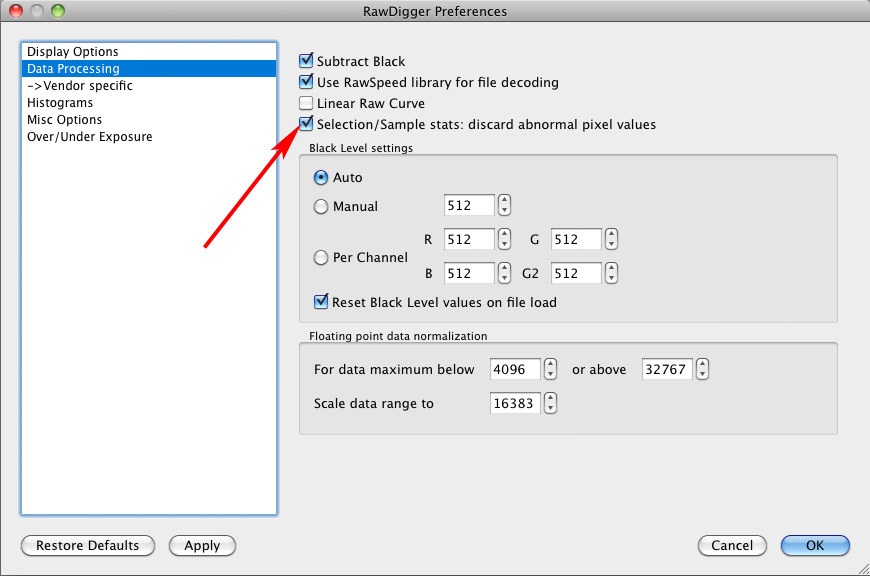
Figure 14. RawDigger. Filtering out the outliers
- b) In Misc Option tab set the Sampler Size to 258×258 pixels
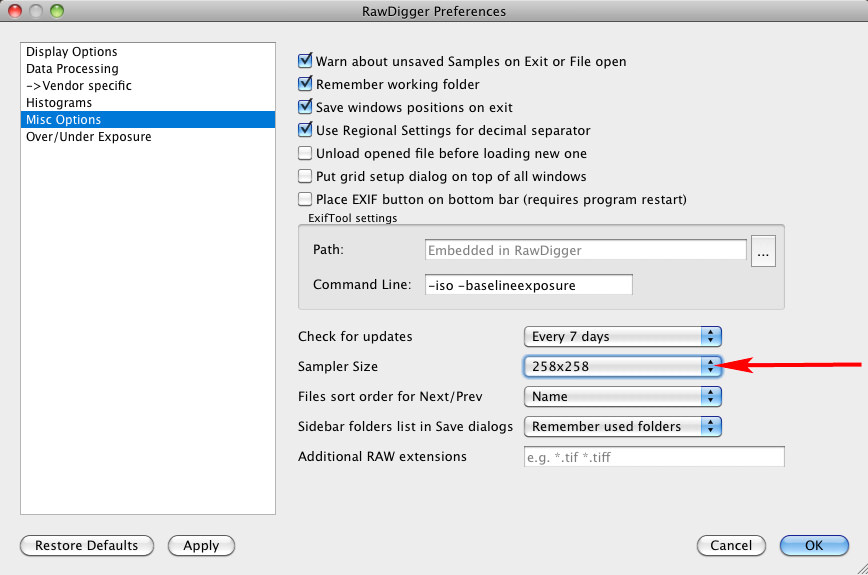
Figure 15. RawDigger. Setting Sampler Size
- a) In Data Processing tab check the “Selection/sample stat: discard abnormal pixel values” field to filter the outliers off.
- Read the max value in the Green channel (Gmax) (that’s why you needed to have a piece of dazzling metal in your scene).
If your camera has two green channels (most common case in Bayer filter), use the first one. - Place a sample (Alt-click) on the grey surface, and read the average value in the Green channel (Gavg)
- Calculate the normalized value for the sampled Green channel (for the given ISO). To calculate this value we are going to use some formulas (1, 1a-1c).
Note: You can just download a ready-to-use spreadsheet with all of formulas and enter the values you obtained for your camera into the first three columns – the other columns will be calculated automatically.
G = [(Gavg/Gmax)^(1/gamma)]*Norm (1)
So, accounting for gamma and Norm[alization] value (255 for 8-bit RGB, 100 if you will be using percent) we’ll have the following formulas:
- For AdobeRGB (gamma=2.2, Norm value = 255)
G = [(Gavg/Gmax)^(1/2.2)]*255 (1a) - For ProphotoRGB (gamma=1.8, Norm value = 255)
G = [(Gavg/Gmax)^(1/1.8)]*255 (1b) - For Adobe Lightroom percentage (gamma=2.2, Norm value = 100)
G = [(Gavg/Gmax)^(1/2.2)]*100 (1c)
After repeating steps 2, 3, and 4 for every raw shot we will have the list of G values – one for every ISO value (the sample stays in place when the next file is opened, so, no need to place the sample each time while on the step 3).
In the spreadsheet below we calculated the G values for gamma 1.8 and 2.2 and for 8-bit RGB and percentage Norm values. You don’t need to calculate them all, of course. Depending on what raw converter and what color space you are going to use, pick one combination.

Figure 18. Calculated G values (8-bit RGB and percents) – for different ISO and different gamma
3.3) Obtaining Baseline Exposure Values
We are going to use ACR, setting it to AdobeRGB color space; thus the data (Green channel values, G) comes from the ‘D’ column. The general steps of the algorithm for obtaining the Baseline Exposure values are quite similar for Adobe Lr and other raw converters.
- Open the first shot in an Adobe raw converter, make sure that the color space is set to AdobeRGB, switch to PV2010 and check that Camera Profile is set to Adobe Standard
- Zero out the settings for PV2010: set the curve to linear, set black point, contrast, brightness all to zero. We recommend saving these zeroed-out settings as some intermediate preset, so for the all other shots you can just upload it.
- Place the color sampler tool close to the area of the shot you used to make a selection in RawDigger (no need to be very precise since it is a uniform surface)
- Move the Exposure slider until you have Gsampler ≈ G from the column ‘D’ (once again, you need to use G for the same ISO as in the shot).
In our case for ISO 50 G = 106, while Gsampler = 85. So we move Exposure slider to the right (thus, overriding Baseline Exposure) until Gsampler = 106.The value you now have in the Exposure field is the correction of the Baseline Exposure for the given ISO for your particular camera. So for Nikon Df, for ISO 50, BLE=-0.75
- Switch back to PV2012. As we have mentioned above, now the zeroed-out settings are:
Exposure = -1 – BLE
Contrast = -33
Black = -25
Custom Curve (which can be saved and used as a Tone curve)Note that the Gsampler value changed from 106 in PV2010 to 110 in PV2012. This is because PV2012 is less linear than PV2010. Moving the Exposure slider while in PV2012 to match Gsampler and G as we did it while in PV2010 won’t do much good. It’s already not only Baseline Exposure that we have to override here, but the tone curve also. That’s a matter for another discussion, however.
- Save the resulting setting for the given ISO and name it (optionally, you can set it as the default).
Let’s show how it looks for ISO 64ISO 80
and ISO 100
ISO 50, 64, and 80 present an interesting case. They are what Nikon are calling “Lo settings”; they do not actually rate those in ISO speed. The reason for this is that such “Lo” values are the result of changing the in-camera exposure meter calibration constant instead of the usual change of “gain”. Thus such ISO values result in less headroom in highlights, compared to “true” ISO settings. You can see that the difference between Baseline Exposure for “Lo-1” / ISO 50 (-0.75) and Baseline Exposure for ISO 100 (0.25) is 1 stop exactly; that is, headroom in highlights for “Lo-1” is one stop less than for ISO 100. As per above excerpt from Adobe, they vary the zero point of exposure compensation for the sake of uniformity, using negative Baseline Exposure for those “Lo” settings. This is reflected in the positive values for the exposure compensation we need – because our exposure compensation counteracts / overrides Adobes’ Baseline Exposure, and here the brightness needs to be pushed up after Adobe pulled it down.
From ISO 100 up to ISO 12800 BLE = 0.25; Adobe are making the shots at all regular ISO settings to appear brighter than they are.
Starting from ISO 16000, however, Adobe BLE data starts to deviate from the real-life data.
The problem with obtaining RGB measurements for such low exposure shots is that they contain a lot of noise. Since we don’t have the option of increasing the size of the color sampler in ACR to get good average values for the Green channel, we are going to use all 9 allowed color samplers, and average the readings.
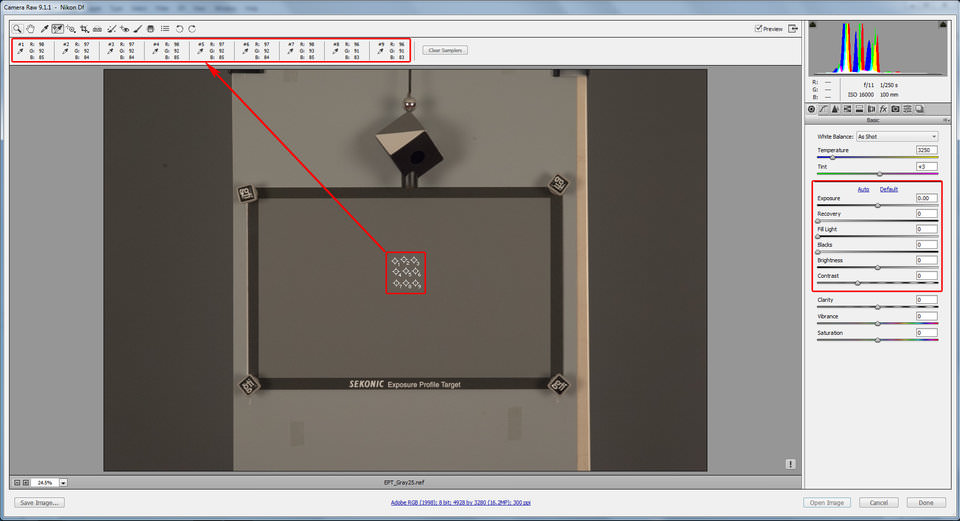
Figure 30. PV2010 with zeroed-out defaults. Shot with ISO 16000. Average Gsampler = 92 instead of 82
After repeating the procedure for the remaining raw files, we will see that from ISO 16000 to ISO 204800, all of the Baseline Exposure values are equal to 0.37. Now, let’s compare the Baseline Exposure values read from the .dng files’ EXIF data with the Baseline Exposure values experimentally obtained directly from the raw files. We convert all of the raw shots to .dng, run EXIFTool using a command line similar to the one described above (Figure 1.), and tabulate all of the results in one spreadsheet.
This is exactly what we meant when we said that sometimes the BLE values recorded in a .dng’s EXIF data are wrong. The reason for the discrepancy is that for Nikons’ “Hi” ISO settings Adobe are using the same 15520 White Level (maximum) that they use for regular ISO settings, while in fact for “Hi” ISO it is 16383. So, anything between 15520 and 16383 will, most probably, simply be clipped in Adobes’ converters.
Later, you can group custom zeroed-out defaults for different ISO setting and rename them according to Baseline Exposure value. In our case, we will have 5 different presets – for ISOs 50, 64, and 80, as well as ISOs from 100 to 12800, and finally for ISOs starting from 16000.
In the next article, we will deal with exposure meter calibration and the headroom in the highlights, based on the shots we just used for determining Baseline Exposure directly from raw shots, and also give an example of how to deal with baseline exposure compensation in a different converter – please post your requests and we will chose the most popular converter for that.
For the purposes of Baseline Exposure evaluation, a 30-day trial of RawDigger will be quite enough.
Nevertheless, for the readers of Photography Life we’re offering an exclusive 25% discount for FastRawViewer, RawDigger (all editions) and bundles, valid until March 15, 2016.
Use the coupon code LIBR-GERP-PHLF at the checkout.
The post Where Are My Mid-tones? Deriving Hidden Baseline Exposure Compensation appeared first on Photography Life.
from Photography Life https://photographylife.com/where-are-my-mid-tones-baseline-exposure-compensation








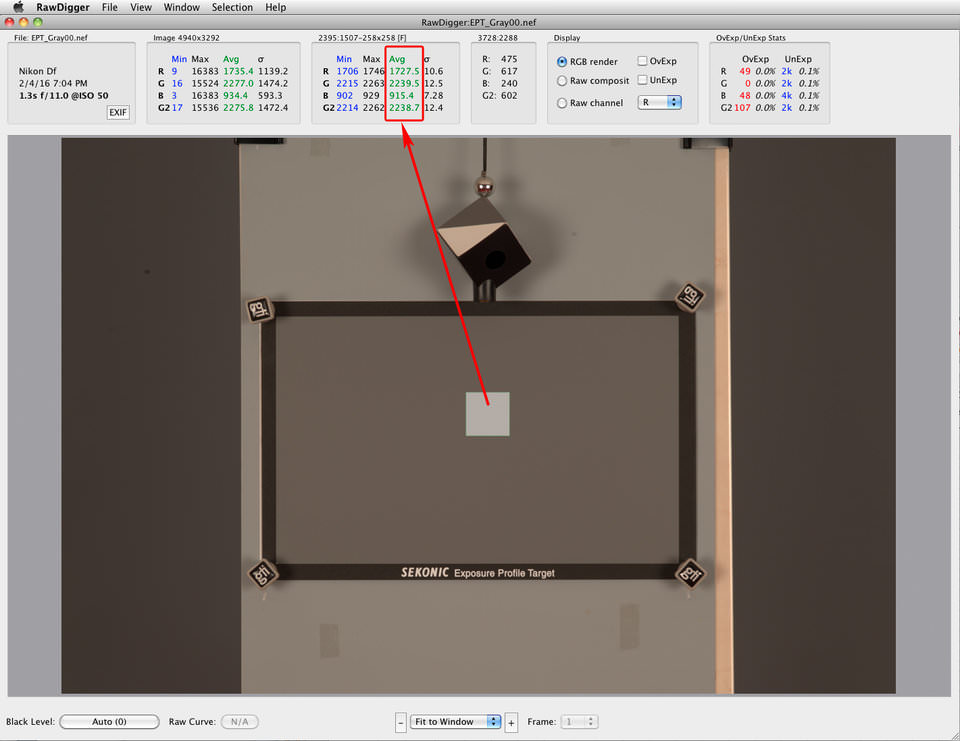

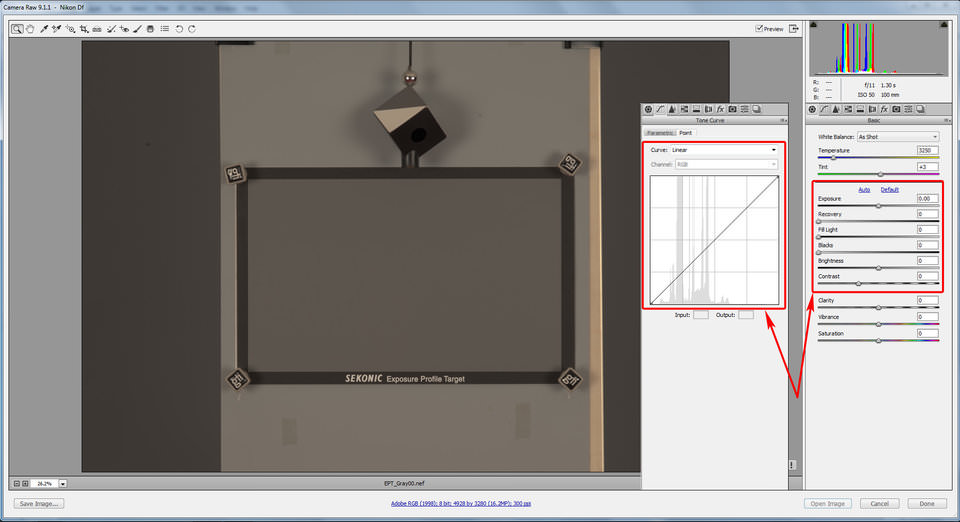
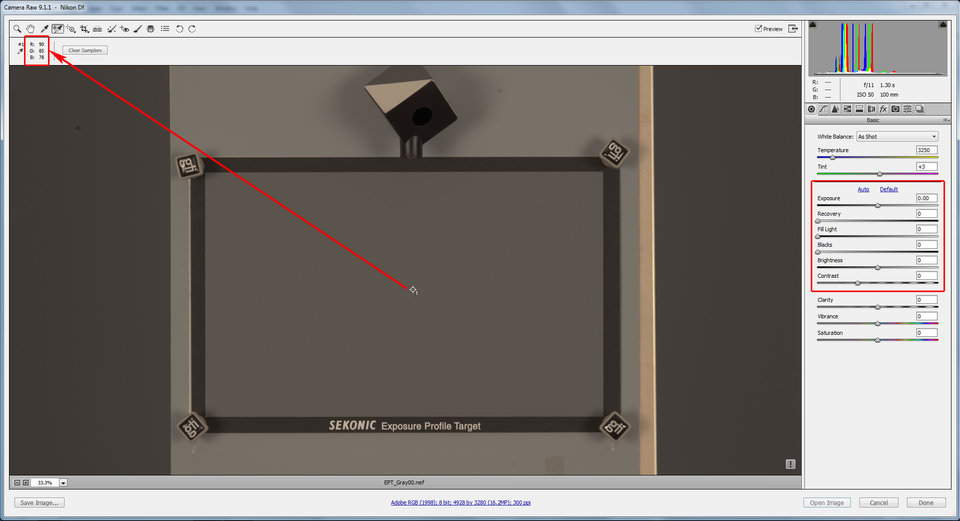


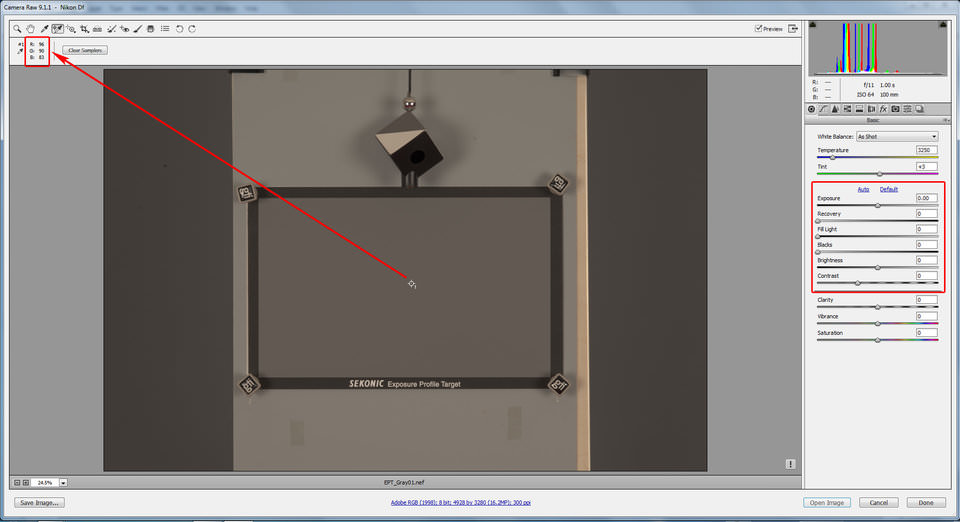

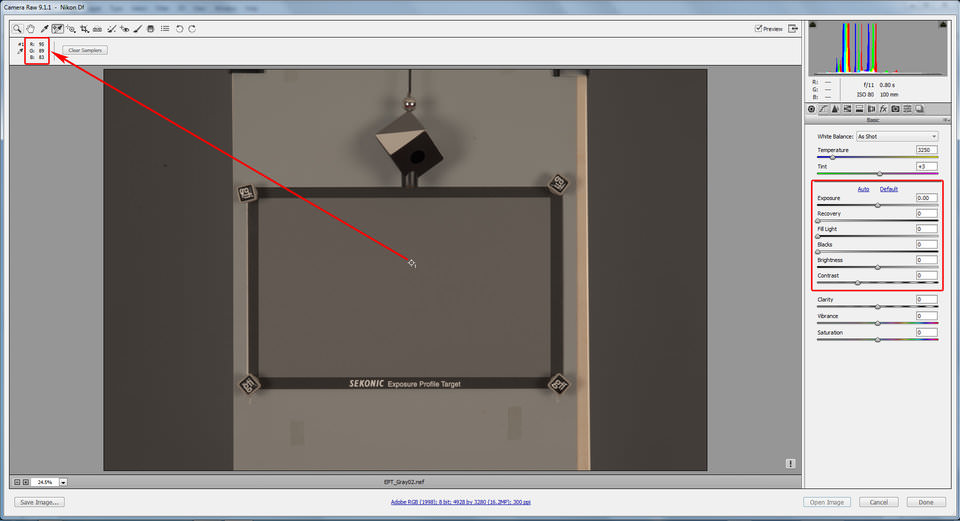
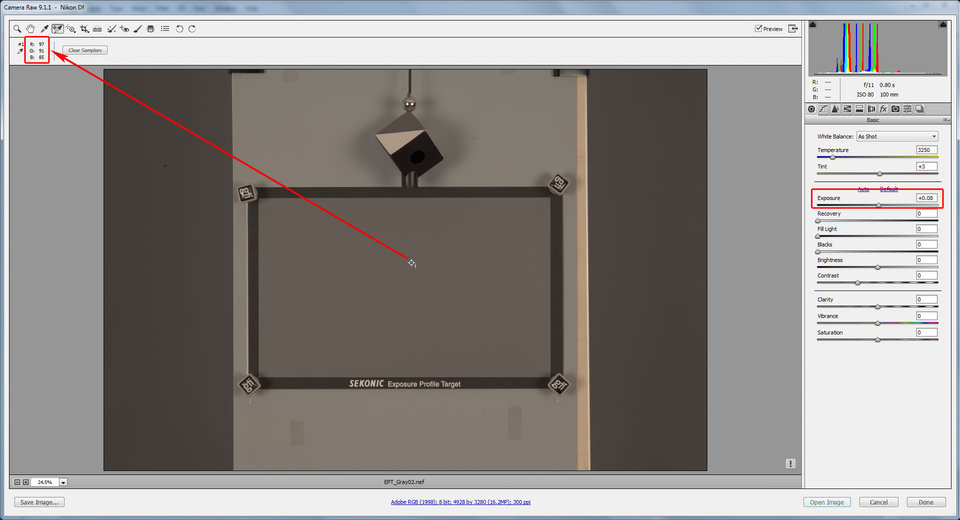


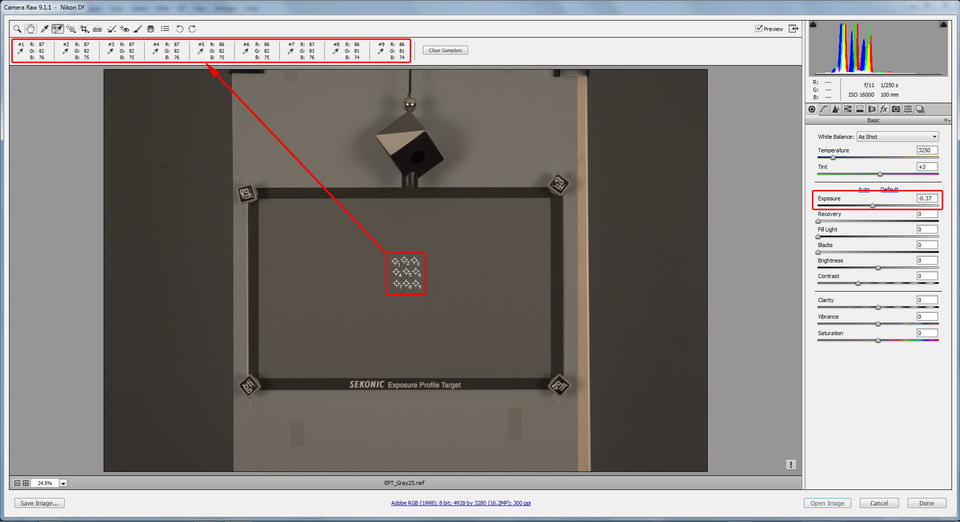
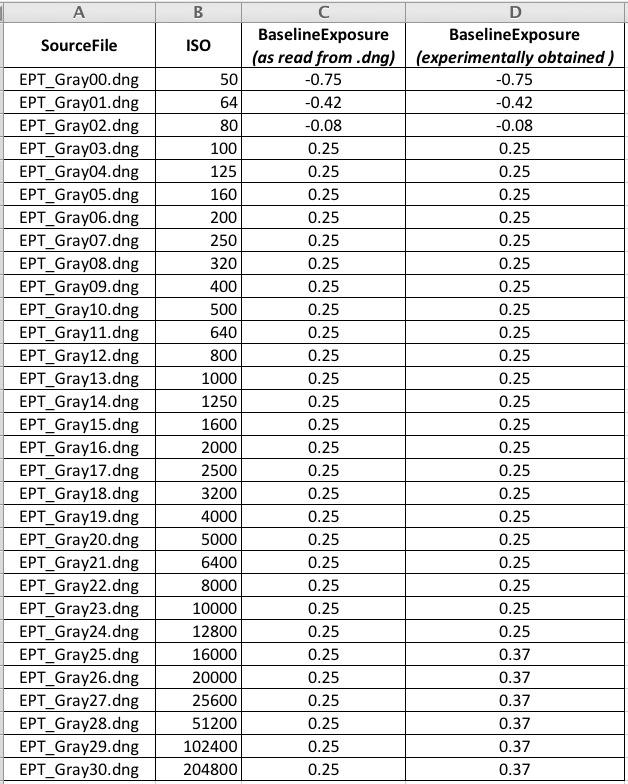
No comments:
Post a Comment